Hydrogen as an energy carrier has recently gained significant attention due to its potential to fight climate change. Its properties as an energy storage medium can help stabilize energy supply from intermittent renewable sources such as solar and wind. Research in the field of hydrogen aims to diversify the energy matrix and reduce our dependence on fossil fuels while creating new economic opportunities in various sectors.
Details about the H2-Digital project
In this context, the H2-Digital project focused on developing a software platform for modeling and simulating the green hydrogen economy, from production using renewable energy sources like solar and wind to its utilization. At Fraunhofer IWU, we developed usage scenarios in an industrial context where hydrogen is used for power generation in fuel cells. This allowed us to investigate how hydrogen can be best combined with other renewable energy sources, how different generation systems can be sized, and which supply strategy is most suitable for a specific production facility.
Using real, anonymized, and adapted load profiles from reference factories in the metal processing industry, we created simplified models of power supply systems in Top Energy. Top Energy is a specialized software for energy system optimization. In addition to being connected to the grid, the factory is powered by a fuel cell, a wind turbine, a photovoltaic system, and a battery storage system. The goal of these initial models was to provide a starting point for more complex energy analyses that takes into account material flow and the behavior of various machines and robots involved in the production process.
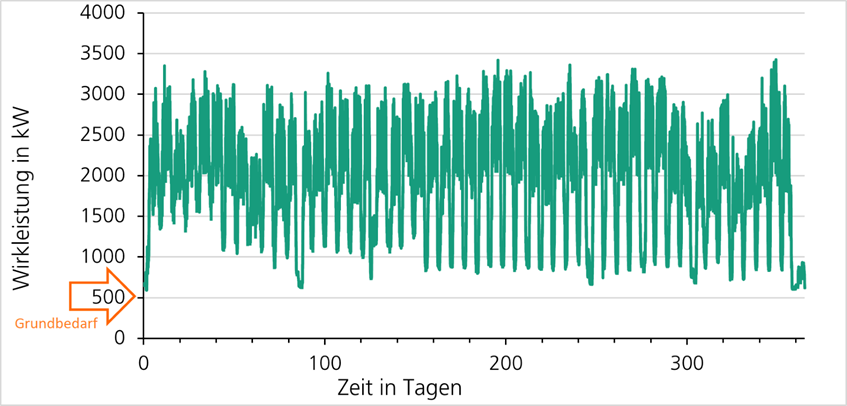
Figure 1: Annual load profile of a production company in metal processing
We designed each generation system based on different criteria. On one hand, the fuel cell system was sized to meet the basic demand, assuming continuous hydrogen supply and continuous operation at full load. On the other hand, the photovoltaic system was designed to cover the entire usable roof area of the factory. The battery storage was sized to balance load and generation peaks throughout the day. The wind turbine was dimensioned after a technical and economic comparison of different system variants to select the turbine size best suited for the factory’s supply needs.
Modeling the production process in the metal processing factory
Parallel to the dimensioning of the power generation facilities, the production process in the metal processing factory was modeled. High-resolution models of the involved machines and robots were developed, and the material flow was determined. The combination of both allowed us to determine the factory’s energy demand at a 15-minute resolution. Scaling the number of robots and machines in a workgroup to the entire production area of a factory hall enabled the creation of dynamic load profiles that were used for further energy simulation.
Creation of a system that enables the comparison and evaluation of energy supply strategies
In combination with other high-resolution Functional Mockup Units (FMUs) of energy generation systems, a complete system as depicted in Figure 2 can be created, enabling the comparison and evaluation of energy supply strategies based on criteria such as self-sufficiency. The focus is always on the operation of the fuel cell, as hydrogen utilization is the central theme of the project. The developed models and methods serve as the foundation for the work of Fraunhofer IWU in the successor project H2-Mare.
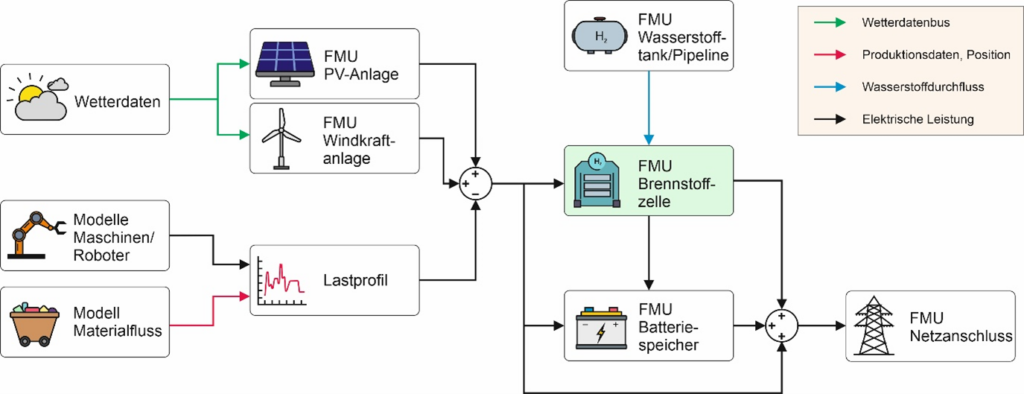
Figure 2: Outline of the different models and their interrelationships
At Fraunhofer IWU our aim is to not only simulate but also to implement hydrogen-based energy generation scenarios in the industry. Therefore, alongside the Zukunftsfabrik, a hydrogen power plant is being built. At the hydrogen power plantour team is working on various aspects and solutions for stationary hydrogen utilization in the industrial sector. If you want to learn more about the project’s progress, you should read this article.

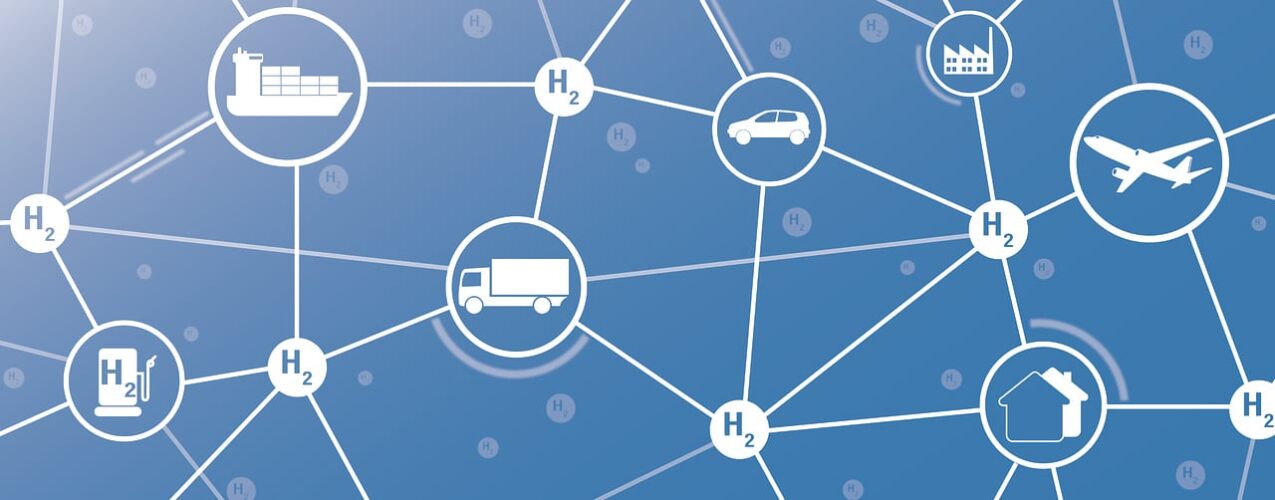
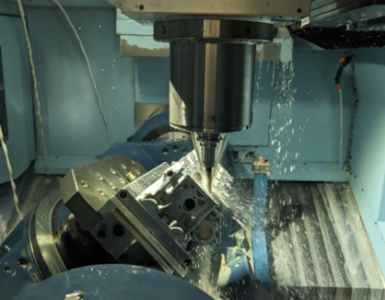
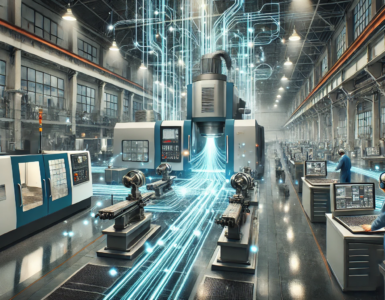
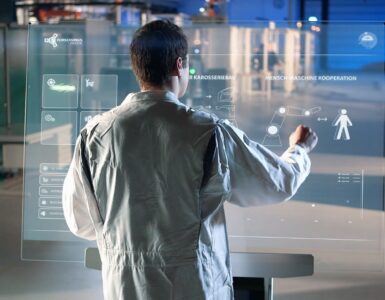

















Kommentare hinzufügen